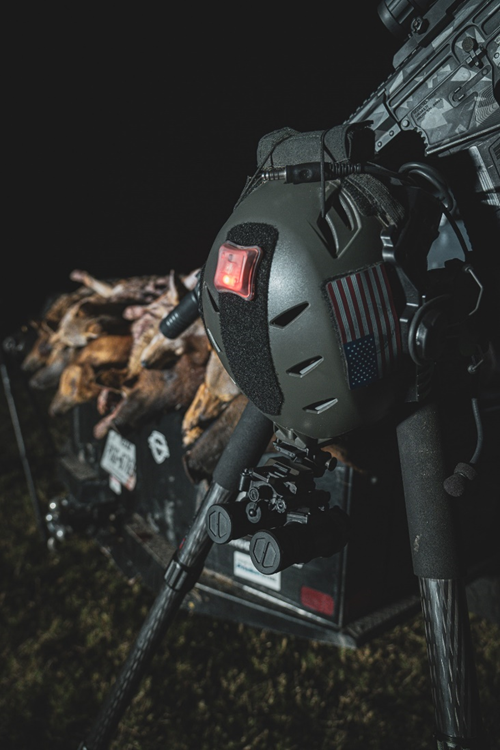Lesson 3 - Night Vision and Relations of Light and Shadow: Illuminating the Mysteries of Perception
Sep 11th 2023
In the shroud of night, our perception of the world transforms, unveiling a delicate dance between light and shadow. Night vision, a fascinating interplay between our senses and the luminous bodies that dot the sky, is a phenomenon that has captivated humans for centuries. This intricate connection between our position relative to light sources and shadows reveals a tapestry of insights that shape how we perceive our surroundings.
Facing Luminosity
A Diminished Gaze Imagine gazing up at a full moon on a clear night. It's a scene of serenity, yet a peculiar phenomenon occurs. As you face the moon, you might notice a decrease in your vision. This seemingly counterintuitive phenomenon is a testament to the complex interplay of light and our visual receptors. The intensity of the moon's light can cause our pupils to contract, diminishing our ability to see with clarity.

Image from Armasight
The Light Behind
A Vision Amplified When we find ourselves with a source of light behind us, a fascinating transformation unfolds. Our visual acuity appears to sharpen, allowing us to perceive details that would otherwise remain concealed. This occurrence can be attributed to the contrast between the illuminated foreground and the dimmer background. This contrast enhances our ability to distinguish shapes and features.
Overhead Luminosity
A Balance Struck When a luminous body looms overhead, a curious equilibrium manifests. This equilibrium, where the influences of increase and decrease in vision offset one another, provides a unique perspective. It's a reminder that nature often finds a balance, even in the realm of perception.
Transitioning Realms
From Darkness to Light Stepping from darkness into light, our eyes undergo a remarkable adjustment. We can see clearly as our pupils dilate to accommodate the increased luminosity. This adaptive mechanism showcases the remarkable versatility of our eyes, swiftly adjusting to varying lighting conditions.
Embracing Your Light
A Personal Sphere In the realm of night vision, holding a light source becomes an intriguing experiment. While the light guides your immediate vicinity, the surrounding darkness remains impenetrable. This phenomenon highlights the limitations of our perception, emphasizing the necessity of multiple light sources to illuminate our broader surroundings.

Image from Armasight
Shadows as Outlines
Revealing Forms A profound revelation occurs when a light source positions itself behind an object. The object's contours become clearly visible against the contrasting background. This observation reinforces the importance of perspective in our perception, showing how shadows can accentuate the presence of objects.
Concealing Movement in Shadows
Darkness and shadow can be adept at obscuring movement. A black or moving object enveloped by shadow is notoriously difficult to discern. This principle speaks to the importance of light in revealing motion and shapes within our environment.
Perception of Scale
A Play of Proximity As we navigate the nocturnal landscape, our sense of scale undergoes intriguing distortions. Small objects might appear farther away, while larger objects seem tantalizingly close. This shift in perception underlines the intricacies of our visual interpretation and the unique challenges posed by the absence of daylight.
The Dance of Brightness and Obscurity
Bright objects seem to come closer to us in the night, while obscure ones retreat into the distance. This optical illusion, arising from the interplay of light and shadow, imparts a surreal quality to our nocturnal experience, where our perceptions often challenge our intuitive understanding.
Conclusion
The delicate relationship between night vision, light, and shadow unravels a rich tapestry of insights into how our eyes perceive the world after the sun sets. The interplay of luminous bodies and shadows molds our understanding of depth, distance, and form, showcasing the remarkable adaptability and complexities of our visual system. These observations, steeped in the mysteries of perception, beckon us to embrace the balance between light and darkness, guiding us to navigate the night with a newfound appreciation for the dance of illumination and obscurity.
